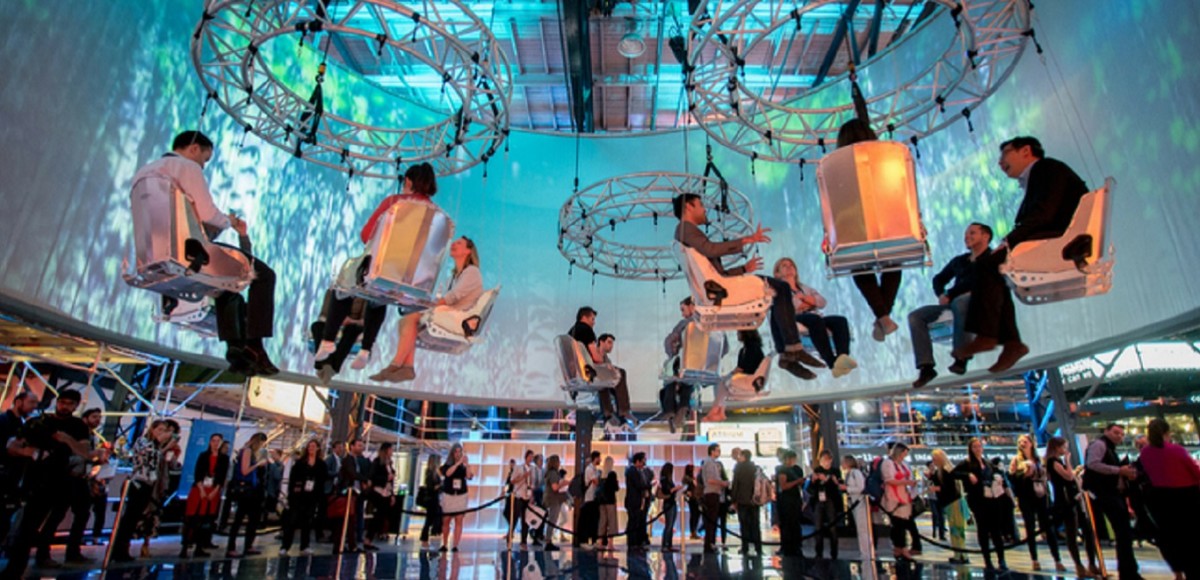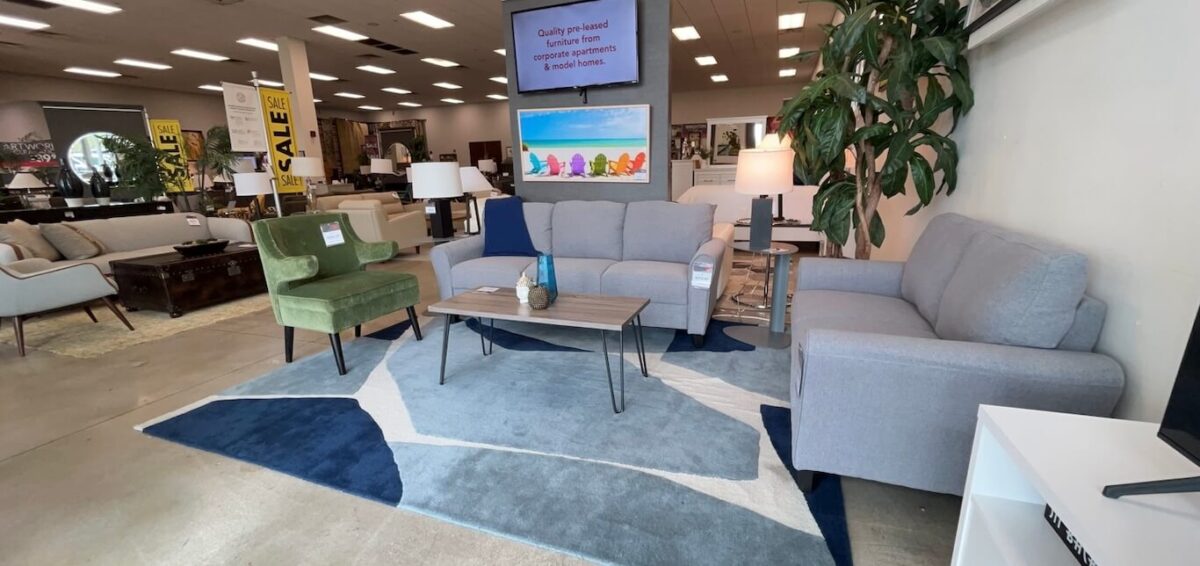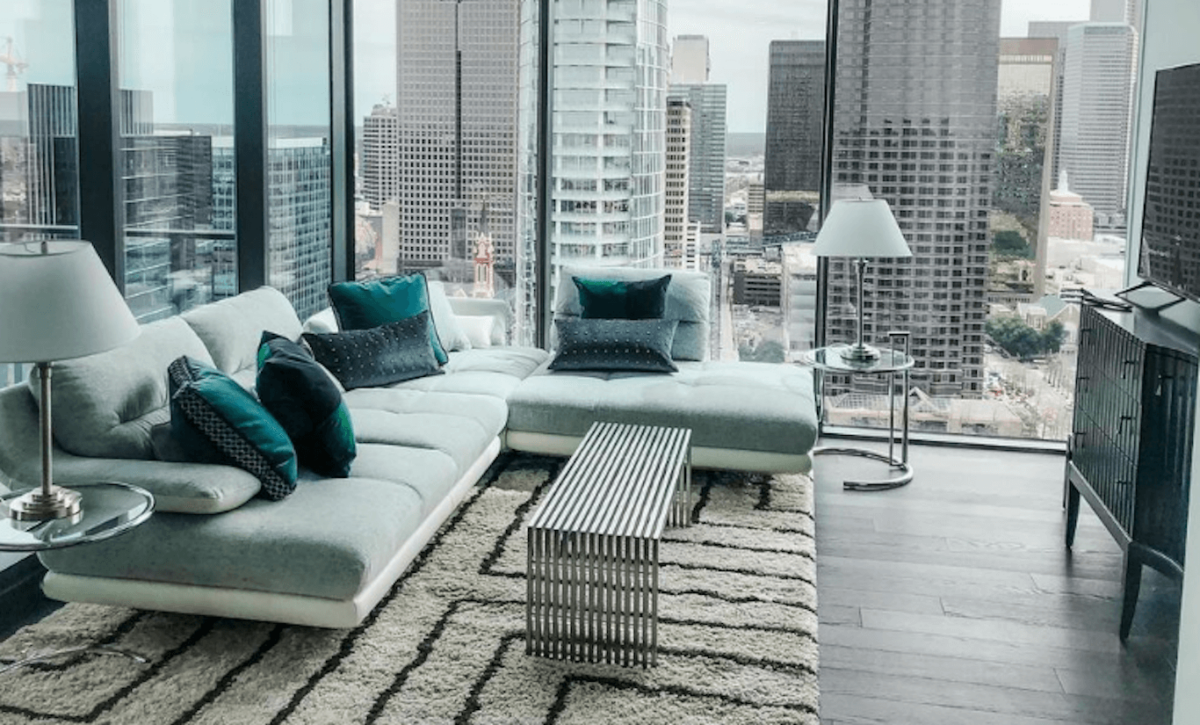Guest blog by Elias Grouhi, Social Tables
Being a meeting planner isn’t as simple as getting everyone in a room. Event planning is evolving, and that evolution means planners need to create memorable event experiences in order to achieve success. In fact, 80% of meeting planners report that their job encompasses more experience creation than it did two to five years ago.
So how do planners go about creating those experiences? It all starts with finding the right venue. Today, venue sourcing is a task that goes further than the age-old framework of “rates, dates, and space.”
What Role Does the Venue Play in Experiences?
Janet Sperstad and Amanda Cecil popularized the concept of “purposeful meetings” in their white paper Purposeful Meetings: How to Plan With Deeper Meaning, Insight, and Innovation in Mind. The concept has been adopted industry-wide, now defining successful meeting design, or should we say, experience design.
At the heart of the concept is the notion that event planners need to look at the entire event experience holistically to be successful, which means looking at the space as more than just a setting for content delivery. That begins with identifying the elements of meeting experiences that are the most important to prospective attendees.
Tangibles vs. Intangibles
Some elements are directly within a planner’s control, while other elements can be set up for indirectly. For our purposes, we’ll call the former “tangibles” and the latter “intangibles.” Tangibles are elements such as the city, venue, room setup, seating, food and beverage offering, AV, and decor. These elements help set up for the intangibles such as attendees, peer-to-peer interaction, and the overall energy in the room. Choosing the venue is arguably the most important tangible a planner can focus on, as it sets the stage for the rest of a memorable experience. In fact, where a meeting takes place is so important that 72% of all meeting attendees say the destination is a significant driver in their decision to attend or not.

Starting With the Objective
Like every element of the meeting, venue sourcing needs to start with the objective. Recent work from Marriott’s Meetings Imagined initiative breaks meeting objectives down into seven major buckets:
- Celebrate – when the objective is to celebrate a milestone or accomplishment
- Decide – when the objective is for attendees to work together to reach a major decision
- Educate – when the objective is to present new information or teach new skills
- Ideate – when the objective is to brainstorm, generate new ideas, or develop new strategic frameworks
- Network – when the objective is to meet new people and forge connections based on a unifying element
- Produce – when the objective is to collaborate toward a specific output
- Promote – when the objective is to introduce a new product, service, offering, or message — whether internally or to an external group
It’s easy to see that “celebrate” and “educate” merit different settings or venues, but what about two that seem more similar, such as decide and ideate?

If the objective is to decide, then the venue should probably be closed off from the external world and any distraction or judgment. But if the objective is to ideate, the venue should feel more open, which inspires new and out-of-the-box thinking. Elements like natural light, adaptable workspaces, and proximity to innovation hubs all lend themselves to ideation, whereas they might prove distractions to deciding.
Objective-Based Venues in Action
At Forbes’ Under 30 Summit last October, organizers had divided content into four themes: Tech, Capital, Impact, and Create. Each of the four themes was hosted at a different Boston event venue in an effort to help them reach its respective objective and cater to attendees’ desire for local experiences.
The best example was a day-long event in partnership with MIT focused on closing the gender gap in technology. Five hundred women convened on the MIT campus for a day-long program dedicated to making progress and spurring change in a traditionally male-dominated industry. MIT was arguably the perfect choice, both due to its demographic makeup and its position as a tech education leader.
Changes & Trends in Choosing Event Venues
As elements like WiFi and A/V become more standardized in quality, planners are looking to new elements and focusing on diversifying the space. According to IACC’s Meeting Room of the Future report, planners are looking for different meeting space elements than they were five years ago, and that all starts with the desires of attendees.
Everything Is a Venue
We mean everything: museums, nightclubs, concert venues, repurposed warehouses, and even corporate offices. Social Tables lets groups use their DC office space as a venue for meetings and events, completely free. As demand for these types of spaces continues to increase, so too does the supply. Meanwhile, hotel infrastructure becomes less and less important.

That spike in demand isn’t going away anytime soon according to the AMEX Global Meetings Forecast, which expects it to jump by 3.8% this year alone. Plus, with ever-improving sourcing technology like Social Tables’ new venue search engine, finding the perfect space is getting easier by the day.
Venue is Becoming Venues
Much like the Forbes example, planners are employing multiple venues to get attendees engaged and outside the four walls of the ballroom. For a given event, that could look like:
- Morning keynote: Repurposed historic space
- Breakout sessions: Outdoor setup
- Post-event networking: Rooftop terrace
As Techweek’s Director of Operations Tom Lawlor puts it, “We find that a nontraditional space gives people extra incentive to break out of their shells and enjoy what’s around them with others. By holding our events in multiple venues, it highlights unique companies and spaces in the community that people might not usually get to experience.” The rise of non-traditional venues is making it easier, especially since many of these venues offer a choice of hourly or daily rates.
Setting Up the Space
Just as important as the venue is the actual setup of the space and how it maps back to the objective. Even the most subtle of differences can help set new expectations and have a big impact. For instance, the shift from a classroom setup to a more collaborative setup can go a long way in improving engaged learning and attendee interaction. Working closely with a furniture rental specialist like CORT can help facilitate the perfect set up. After all, everything down to what people are sitting on can create a completely different experience.

Diagrammed using Social Tables’ Free Planner Tools
A Unique Setup in Action
At C2 in Montréal — considered by many the pinnacle of event design — hanging trapeze chairs were implemented to create a unique networking experience. Creative setups like this led to 3,000 face-to-face meetings being scheduled by attendees of the event.

Photo Credit: Sebastien Roy
Where Will You Meet?
Combining these frameworks with new technologies is freeing planners up to do more than ever before when it comes to choosing an event venue. It all starts by identifying the objective. Then, start the search for venues — and most importantly, let your imagination run wild.






